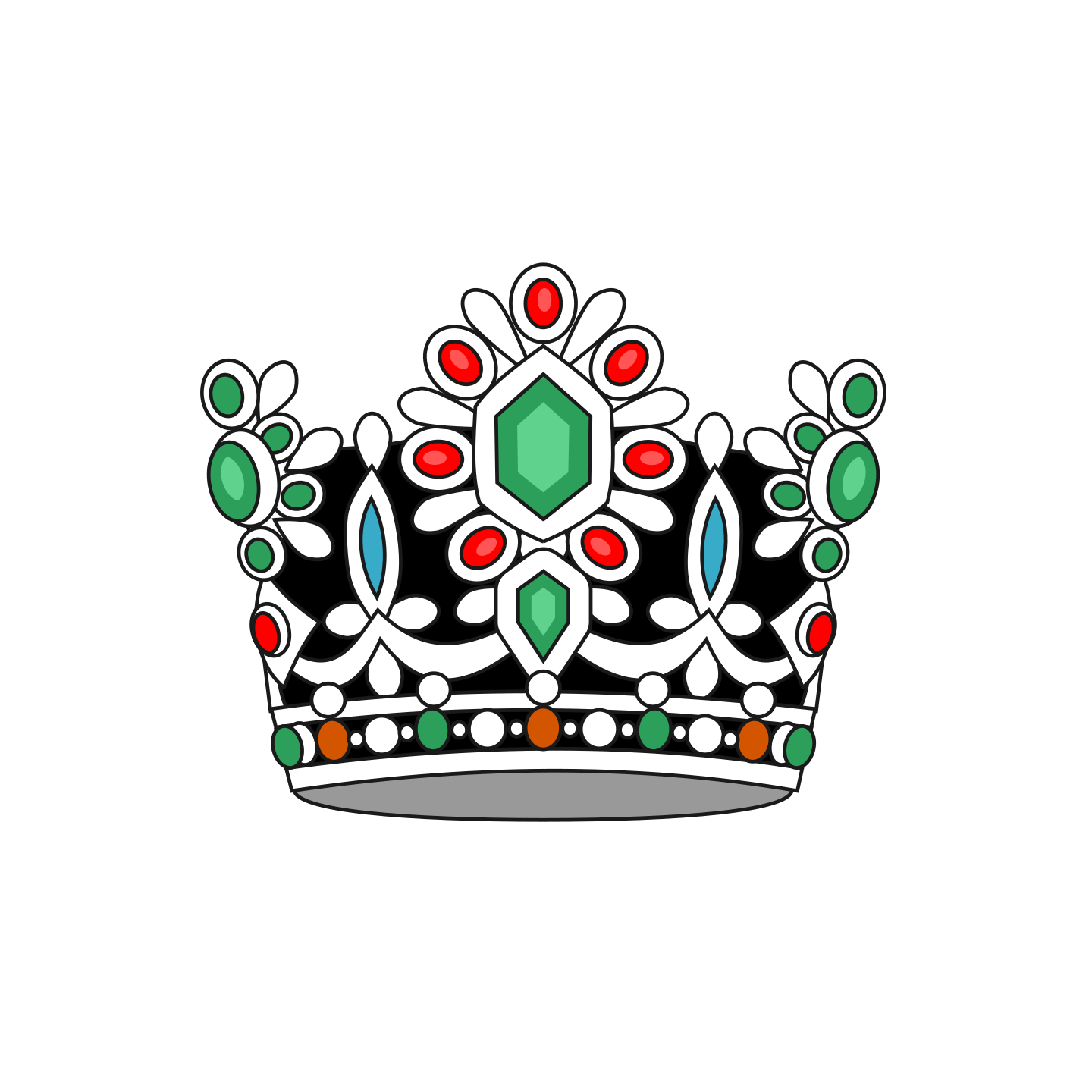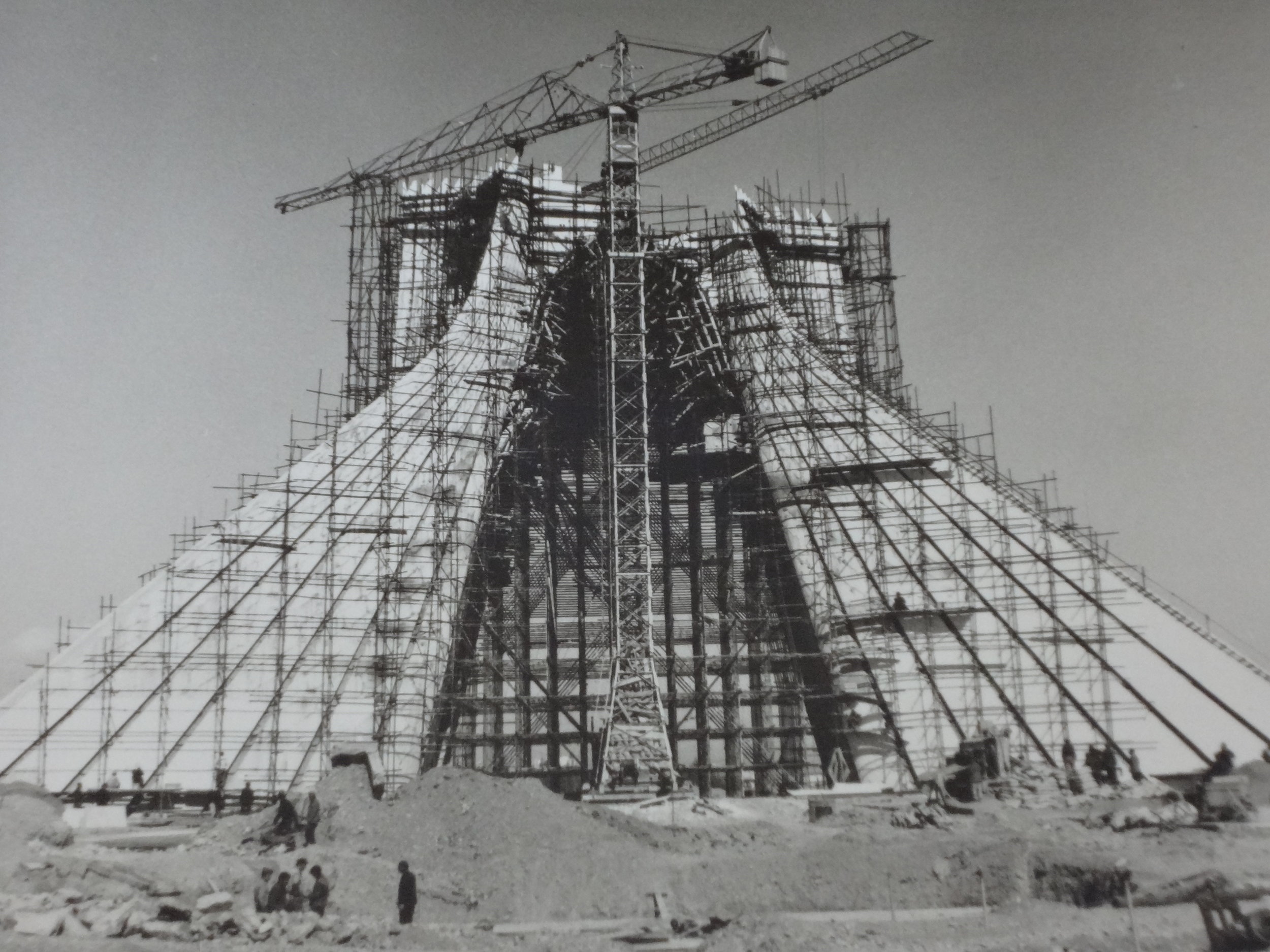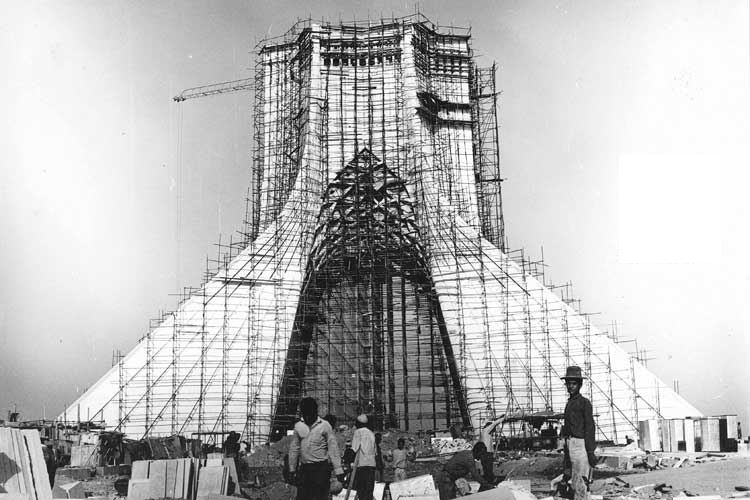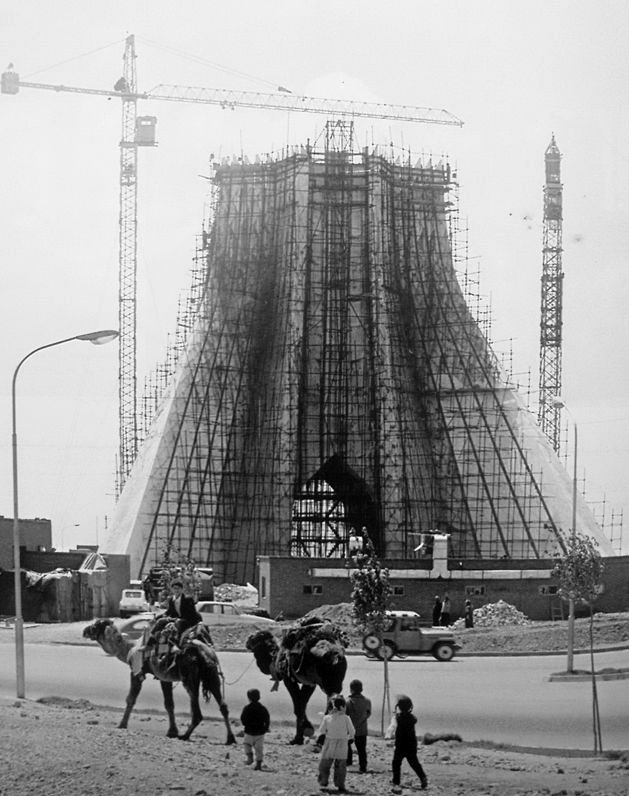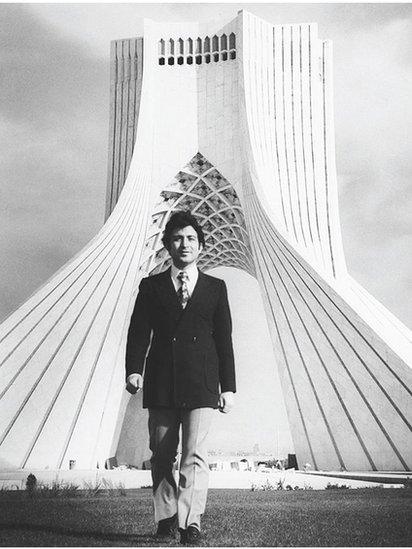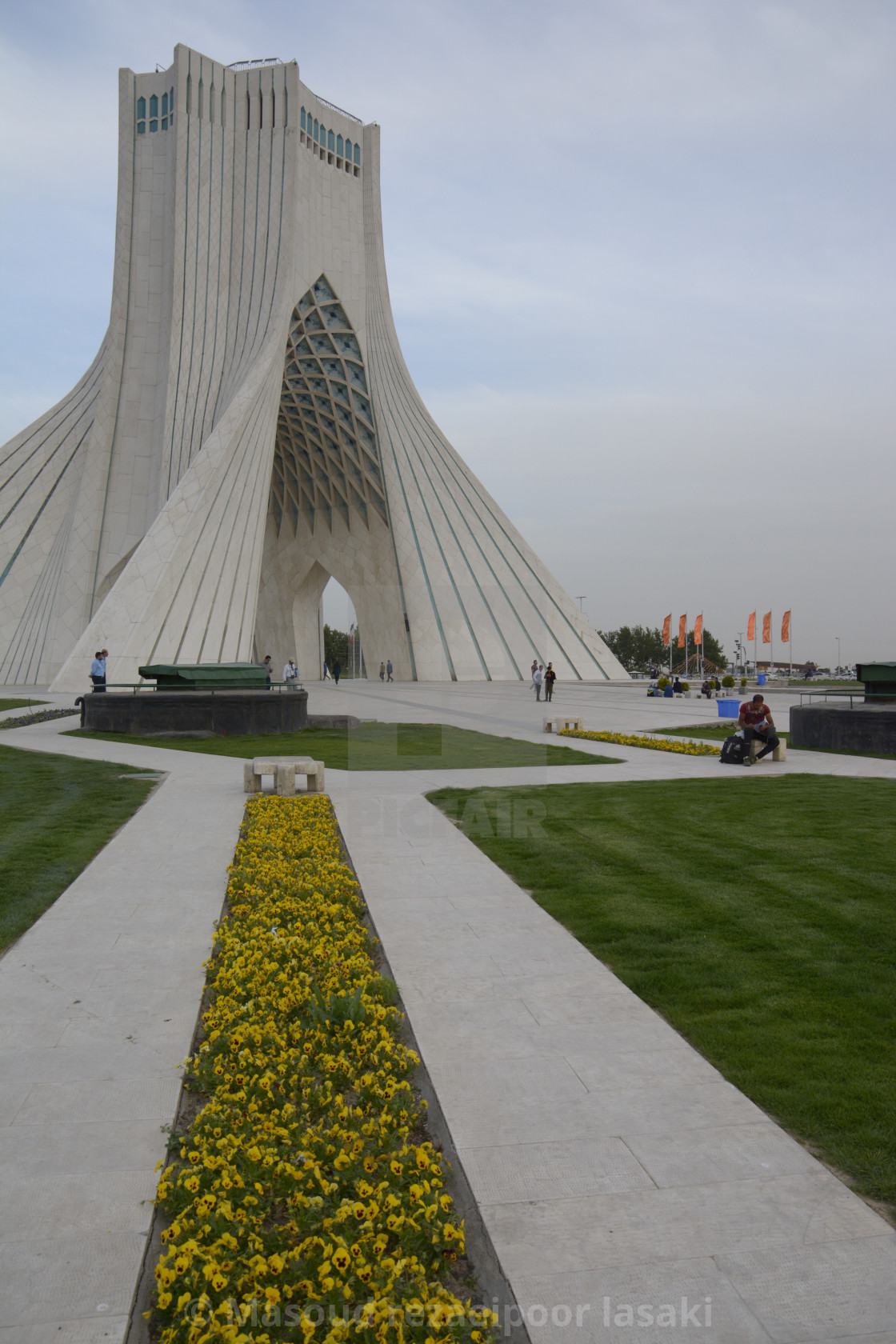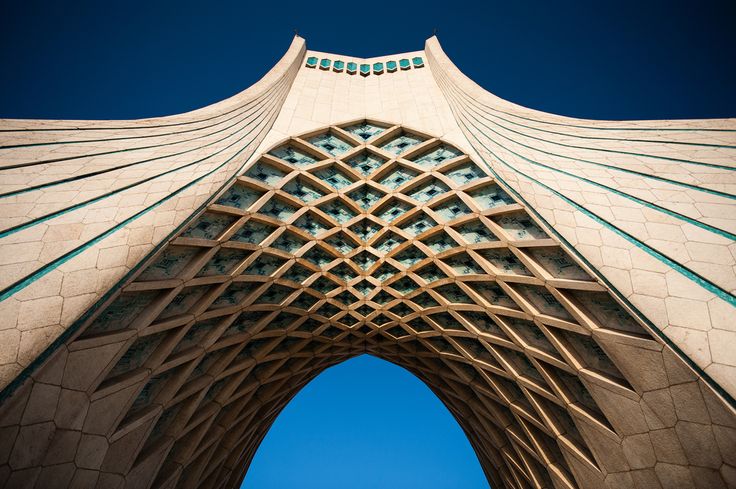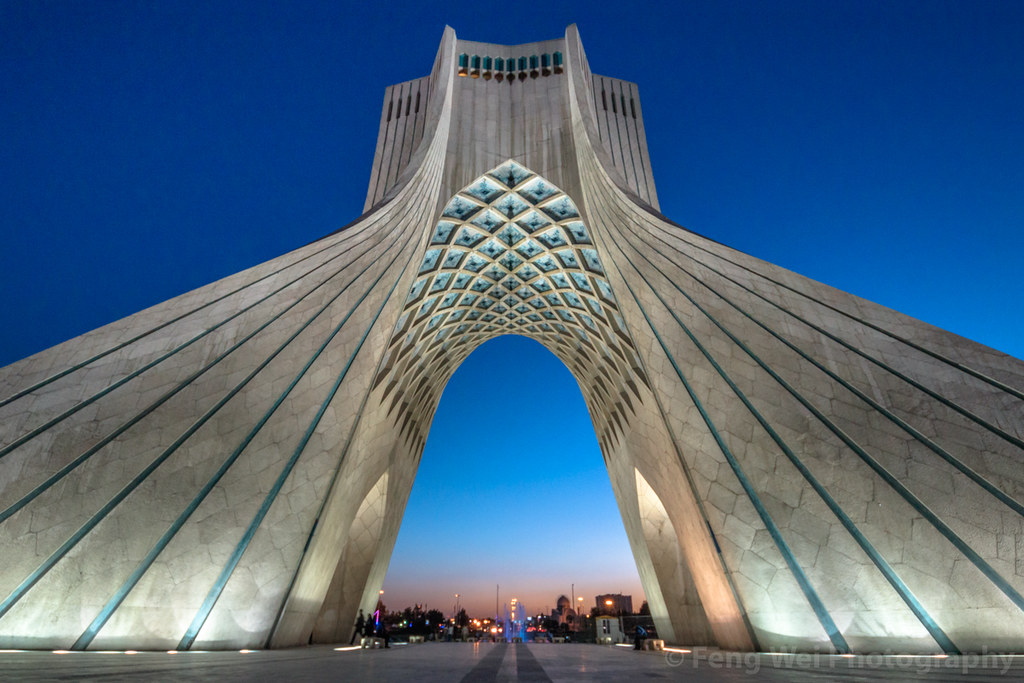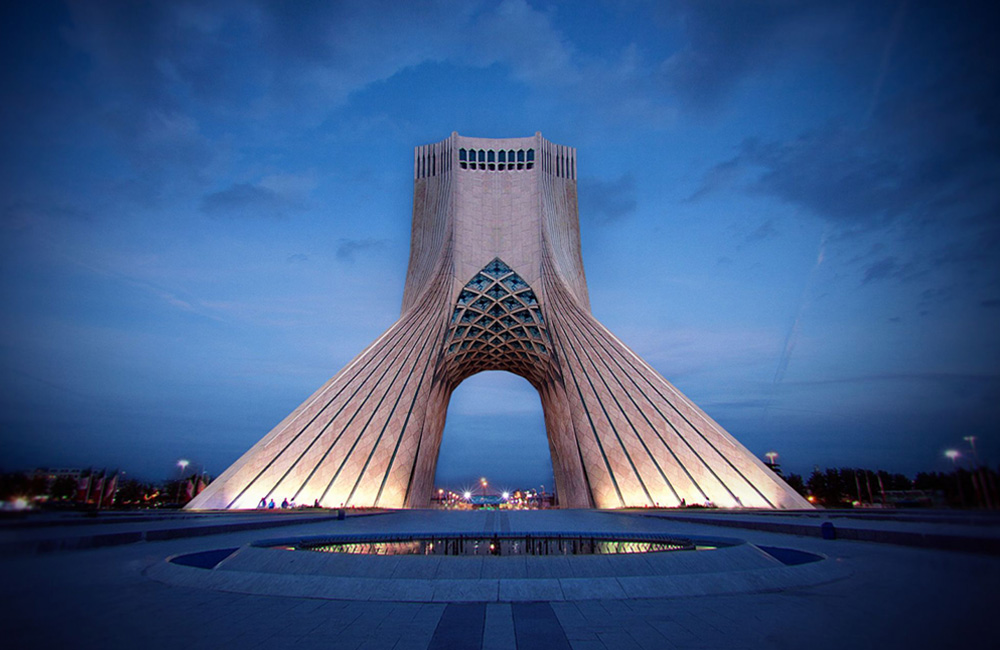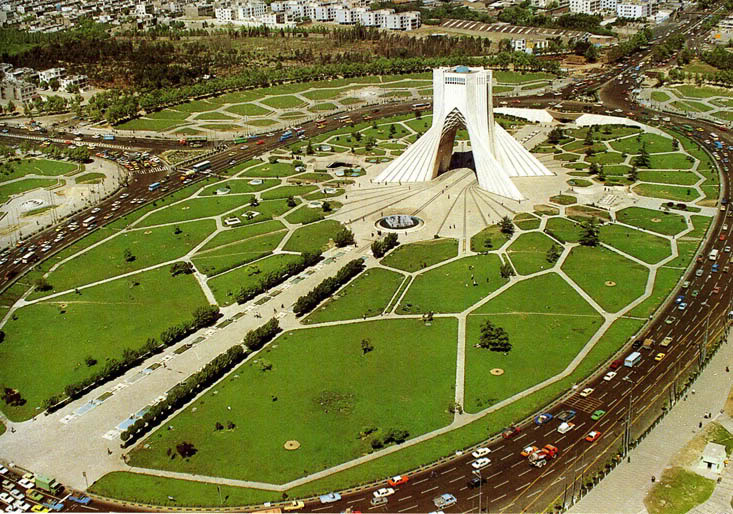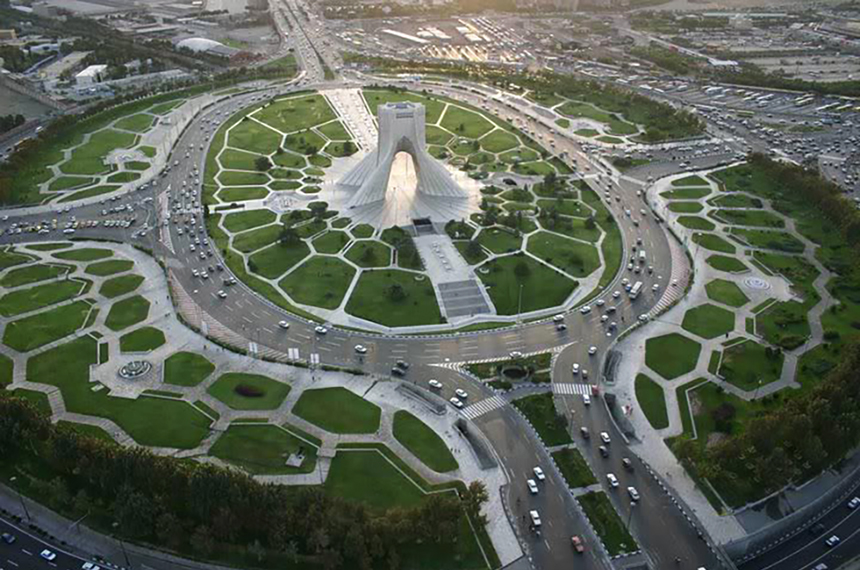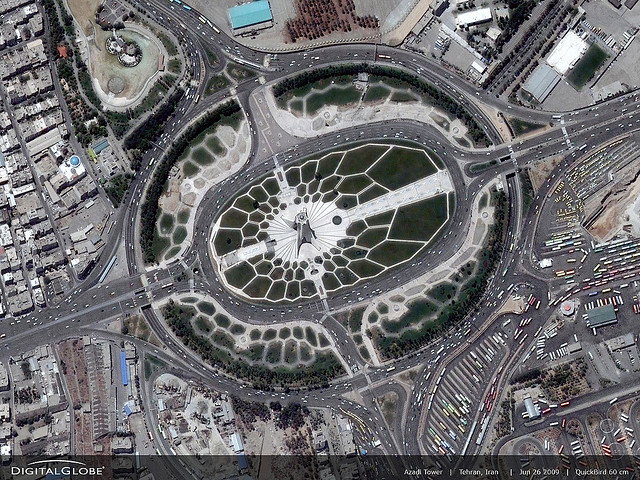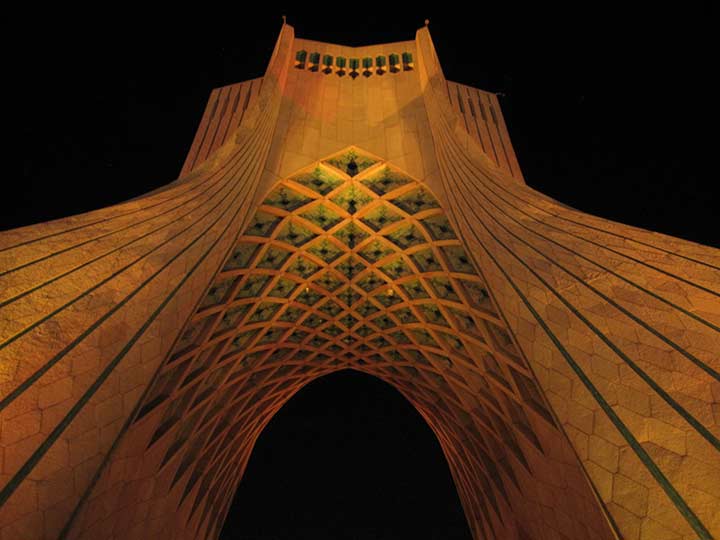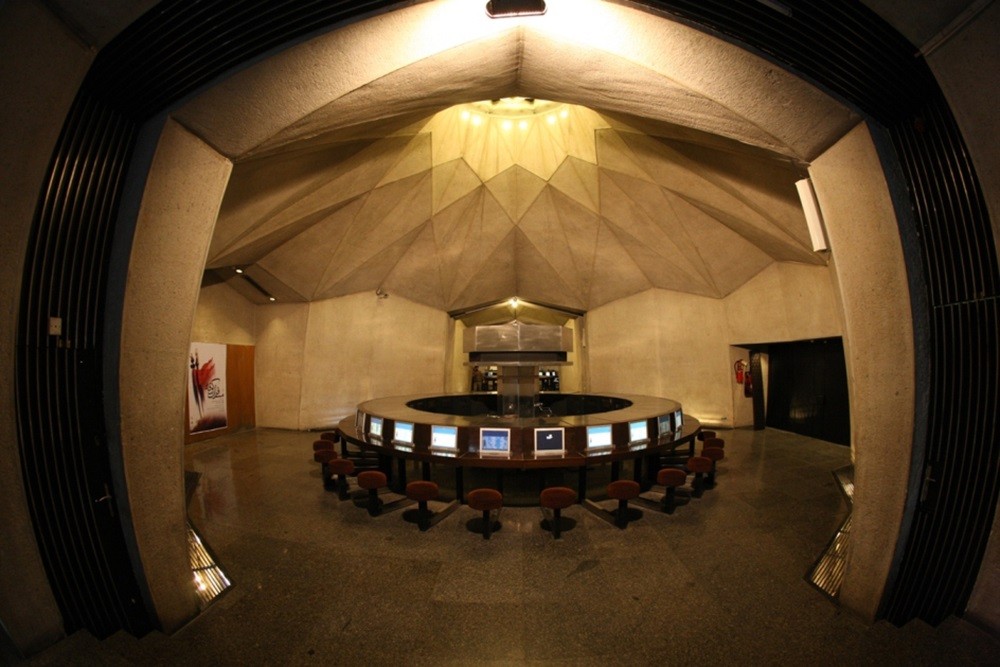``King Memorial Tower``
Persian King Memorial Tower, is the symbol of Tehran, the capital of Iran, and marks the entrance to the city
Built-in 1971 in commemoration of the 2,500th anniversary of the Persian Empire, this “Gateway into Iran” was named the Shahyad Tower, meaning “Kings’ Memorial”, but was dubbed Azadi (Freedom) after the Iranian Revolution of 1979. Originally intended to remind coming generations of the achievements of modern Iran under the Pahlavi dynasty, it has become a symbol of the country’s revival. It is 50 meters (148 ft) tall and completely clad in cut marble.
 Construction
ConstructionThe architect, Mr. Hossein Amanat, won a competition to design the monument, which combines elements of Sassanid and IRANIAN architecture. There are several fountains around the base of the tower and a museum underground.
Location – Tehran, Iran
Constructed – 1971
Height – 50 Meter – 164.042 Foot
Architect(s) – Hossein Amanat
Built with white marble stone from the Esfahan region, there are eight thousand blocks of stone. The stones were all located and supplied by Ghanbar Rahimi, whose knowledge of the quarries was second to none and who was known as “Soltan-e-Sang-e-Iran”. The shape of each of the blocks was calculated by a computer and programmed to include all the instructions for the building’s work. The actual construction of the tower was carried out, and supervised by Iran’s finest master stonemason, Ghaffar Davarpanah Varnosfaderani. The main financing was provided by a group of five hundred Iranian industrialists. The inauguration took place on October 16, 1971.
Museum
The entrance of the tower is directly underneath the main vault and leads into the Shahyād Museum on the basement floor. The black walls, the pure, sober lines, and the proportions of the whole building create an intentionally austere atmosphere. Heavy doors open onto a kind of crypt where lighting is subdued. The shock is immediate. The lighting there seems to issue from the showcases placed here and there, each containing a unique object. Gold and enamel pieces, painted pottery, marble, the warm shades of the miniatures and of the varnished paintings glitter like stars among the black marble walls and in the semi-darkness of the concrete mesh which forms the ceiling of this cave of marvels. There are about fifty pieces selected from among the finest and most precious in Iran. They are in excellent condition and each represents a particular period in the country’s history.
The place of honor is occupied by a copy of the Cyrus Cylinder (the original is in the British Museum). A translation of the cuneiform inscription on the cylinder is inscribed in golden letters on the wall of one of the galleries leading to the museum’s audio-visual department; opposite, a similar plaque lists the Twelve Points of the White Revolution. Next to the Cyrus Cylinder, a magnificent gold plaque commemorates the presentation of the museum to the Shah by the Mayor of Tehran.
Among the earliest testimonies of Iran’s history on display here are square flagstones, gold sheeting, and terra cotta tablets from Susa, covered with cuneiform characters of astonishingly rigorous geometry. Potteries, ceramics, varnished porcelains (such as the beautiful seventh-century blue and gold dish from Gorgan), an illuminated Koran, and a few exceptional miniatures highlight milestones in the country’s annals up to the nineteenth century, which is itself represented by two magnificent painted panels from Empress Farah Pahlavi’s collection.

